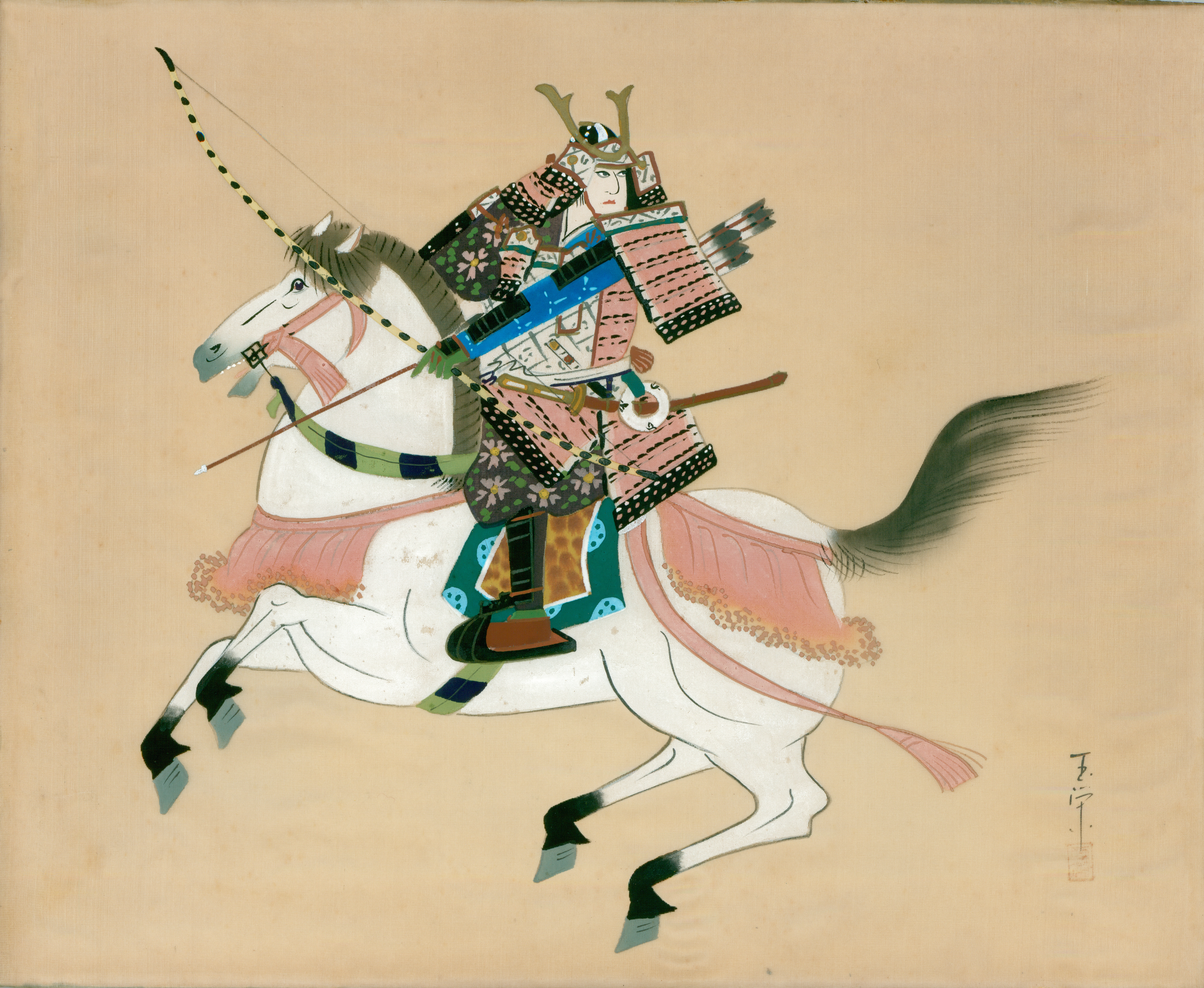It was common for samurai warriors to perish in battle or by ritual suicide. However, during Japan’s 1592 invasion of Korea, a samurai captain allegedly met his death at the hands of an unarmed woman, according to Korean lore.
The unusual legend of the deadly courtesan Non Gae has inspired and captivated South Koreans for centuries. According to Japanese sources, she may be nothing more than a myth; author Kawamura Minato, for example, disputes her existence in the 2001 book “Kisen: ‘mono iu hana’ no bunkashi.” According to a 2016 article published by the Asan Forum, “history wars” between Japan and South Korea remain a deep source of division between the two nations owing to difficult historical relations.
In South Korea, however, Non Gae has been kept alive through oral tradition. A shrine called Uigisa, built in 1740, exists in her honor, and an annual festival takes place at the historic Jinju Fortress (Jinjuseong) in her memory.
The story took place in 1593 at the outset of the Imjin Wars between Korea and Japan. During this conflict, famed Japanese warlord Toyotomi Hideyoshi launched a massive invasion of the Korean peninsula (then called Joseon) with an estimated 158,000 infantry and 9,200 seamen, including pirates. Chaos swept over the Korean peninsula in the wake of the invasion.
Jinju fortress was besieged twice and ultimately fell in 1593 during the Second Jinjuseong Battle. An estimated 70,000 Koreans, including soldiers, civic officials and civilians were killed during the battle.
The Japanese commanders gathered to celebrate their victory at Chokseongnu Pavilion, a scenic hall on a high outcrop overlooking the Nam River. Attractive courtesans—called gisaeng—gathered to entertain them. Like Japanese geisha, Korean gisaeng were a caste above common prostitutes whose chief role was to entertain men—through music, dance, art and sensuality.
One of the samurai leaders, allegedly named Keyamura Rokusuke, was flattered by the attention of a courtesan called Non Gae. He had no idea that the woman had targeted him for revenge. According to Korean sources, Non Gae sought vengeance for Korean lives lost during Second Jinjuseong Battle.
Non Gae was born in Jangsu district. She is said to have been the concubine of a commander of Jinju Fortress called Choe Gyeong-hoe, who was killed by Japanese warriors during the invasion.
Korean legends hold Non Gae lured Keyamura outside the pavilion for intimate moments alone. Non Gae led the samurai to a picturesque rocky outcrop overlooking the river and seized him in a romantic embrace. The encounter came to a deadly end when Non Gae hurled herself into the river and dragged Keyamura along with her, drowning them both.
Japanese sources question the truth behind the story, disputing Keyamura’s identity. Indeed, different versions of his name appear in various written accounts. In Korea, however, there is no doubt about Non Gae’s action. Local inhabitants of the region bestowed the name Uiam, meaning “Rock of Righteousness,” on the site of Non Gae’s demise. In 1692, a Confucian calligrapher and scholar Jeong Dae-Ryung adorned the side of the rock with seal script which can still be seen today.
Although facts may have blended with legend over time, the tale of Non Gae remains one of the most unusual and enduring stories from the Imjin War.





